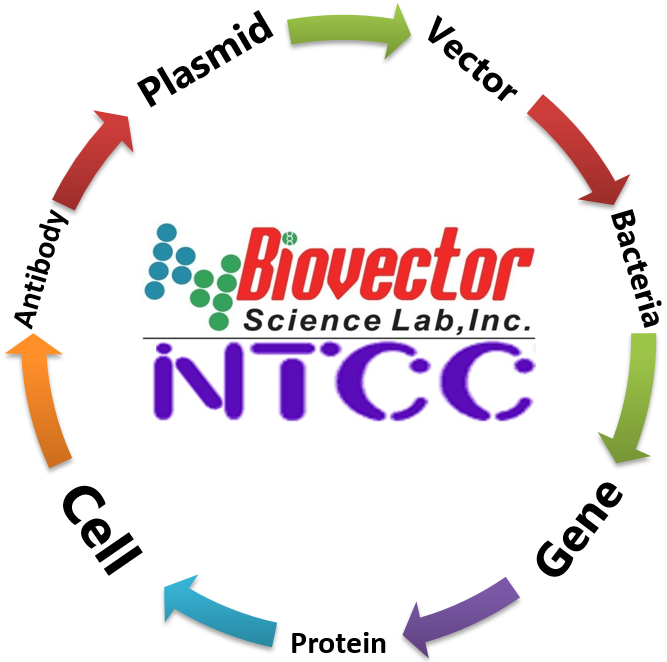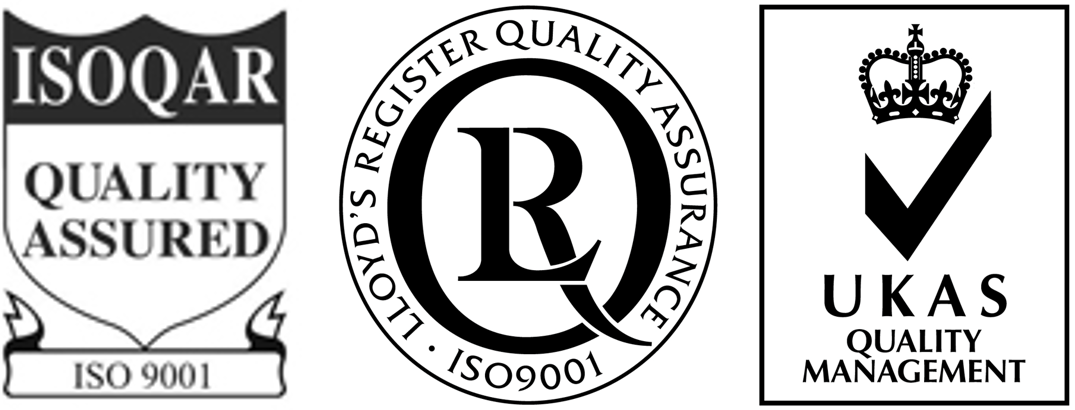MP41人眼色素层黑素瘤细胞株NTCC® Eye Uveal Melanoma cell line-BioVector NTCC质粒载体菌株细胞蛋白抗体基因保藏中心
- 价 格:¥49950
- 货 号:NTCC®-CRL3297
- 产 地:北京
- BioVector NTCC典型培养物保藏中心
- 联系人:Dr.Xu, Biovector NTCC Inc.
电话:400-800-2947 工作QQ:1843439339 (微信同号)
邮件:Biovector@163.com
手机:18901268599
地址:北京
- 已注册
MP41人眼色素层黑素瘤细胞株NTCC® Eye Uveal Melanoma cell line-BioVector NTCC质粒载体菌株细胞蛋白抗体基因保藏中心
MP41 is an epithelial-like cell line that was isolated in 2006 from the primary tumor in the uveal of a 49-year-old, female patient with melanoma. This cell line was deposited by F Nemati, Institute Curie.
- Human cells
- Organism
- Homo sapiens, human
- Morphology
- epithelial-like
- Tissue
- Eye; Uveal
- Disease
- Melanoma
- Applications
- 3D cell culture
- Product format
- Frozen
- Storage conditions
- Vapor phase of liquid nitrogen
Images:

Product category
- Specific applications
- Uveal melanoma (UM) is the most common primary tumor of the eye in adults. There is no standard adjuvant treatment to prevent metastasis and no effective therapy in the metastatic setting. This cell line form the primary tumor is part of a panel This panel recapitulates the molecular and scape of the disease in terms of genetic alterations and mutations. The mTOR pathway was shown to be activated in most of the cell lines independent of AK Tsignaling. mTOR inhibitor Everolimus reduced the viability of UM cell lines and significantly delayed tumor growth in 4 PDXs. Our data suggest that mTOR inhibition with Everolimus, possibly in combination with other agents, may be considered as a therapeutic option for the management of uveal melanoma.
Characteristics
Handling information
Quality control specifications
- 公告/新闻




